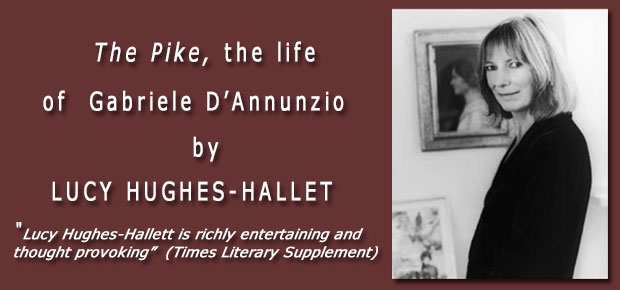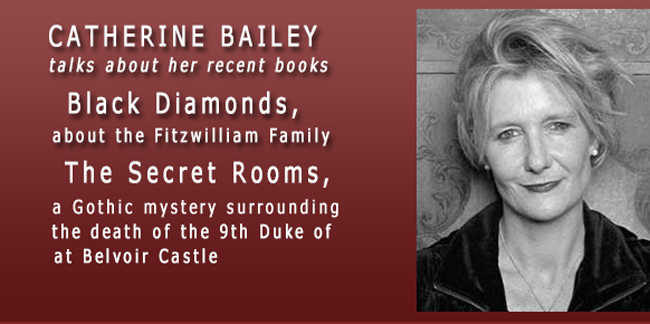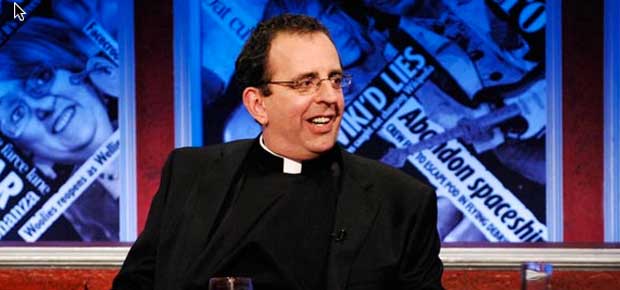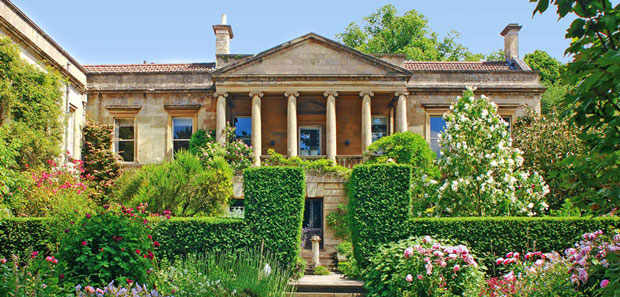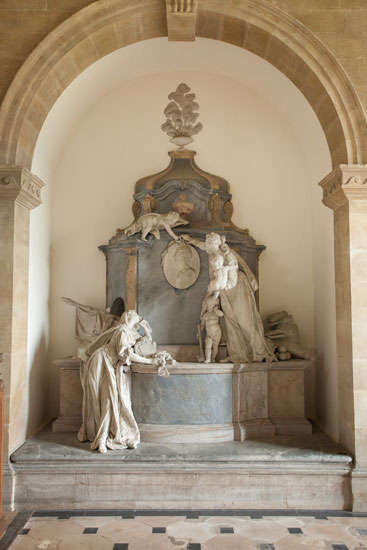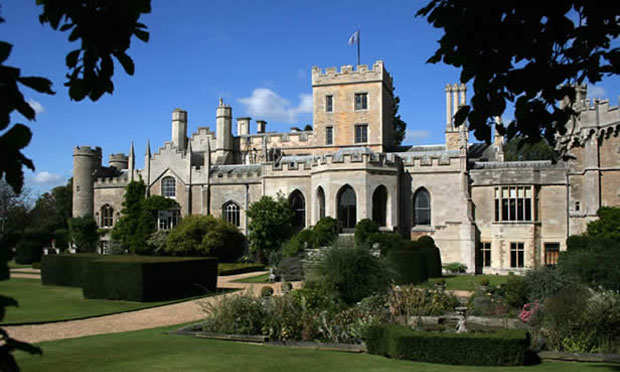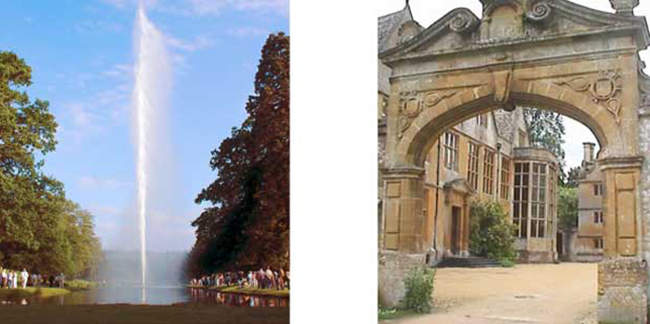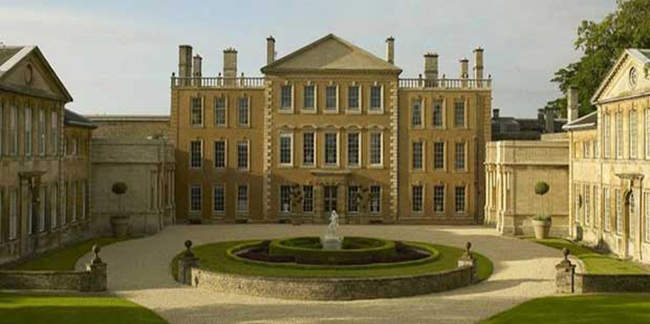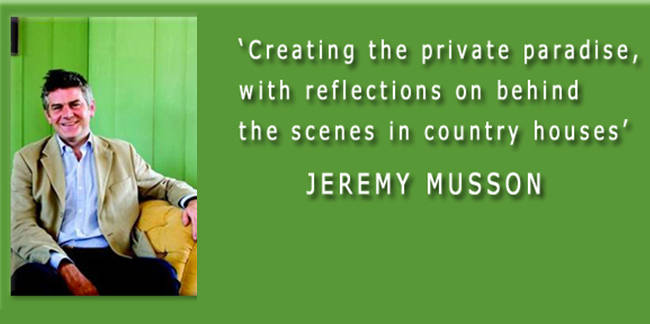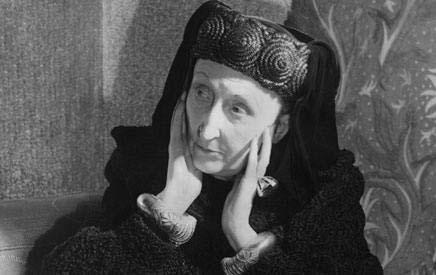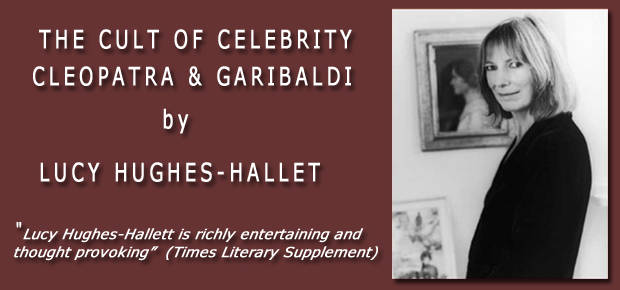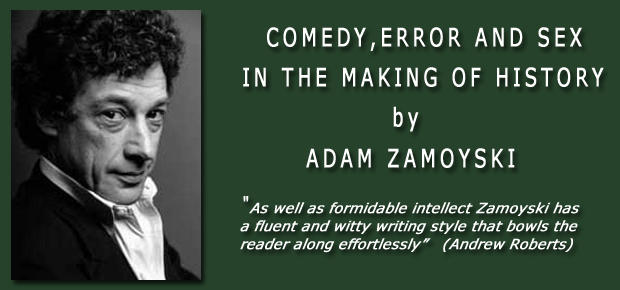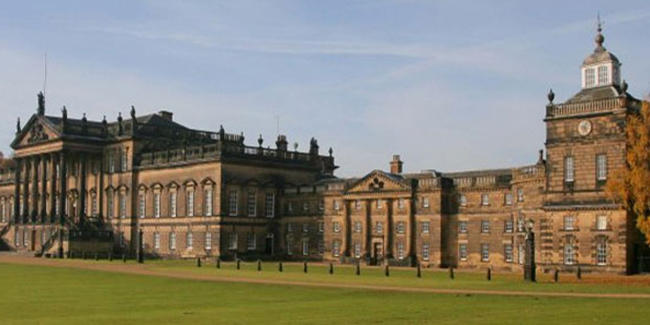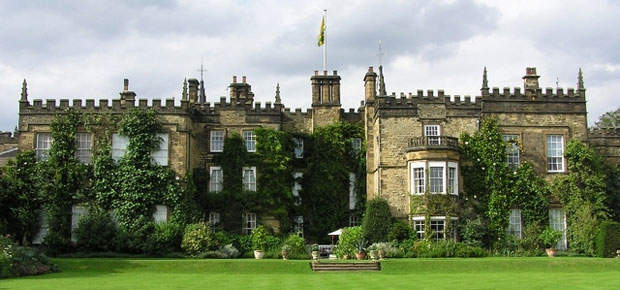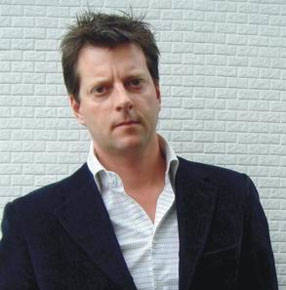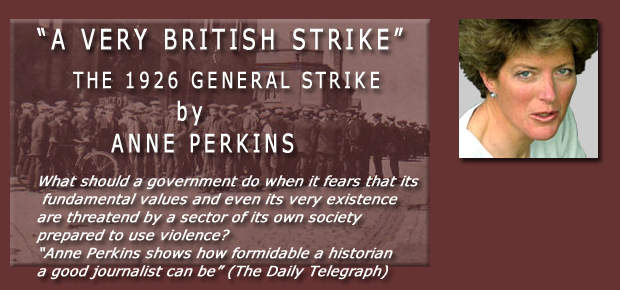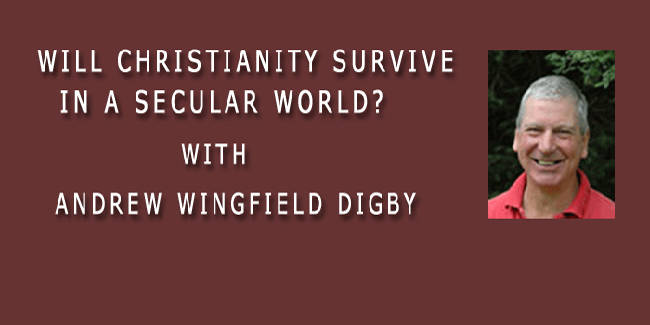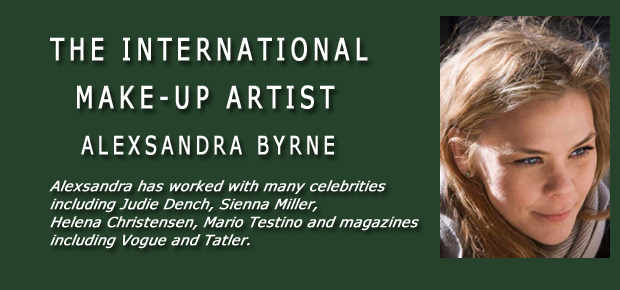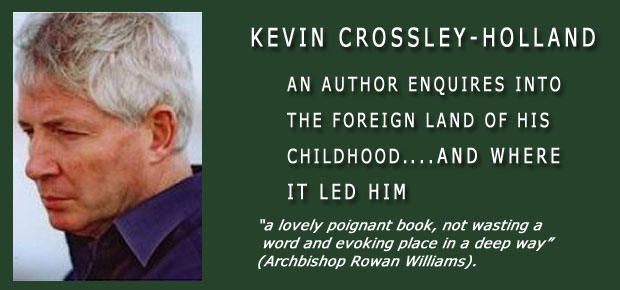
Kevin Crossley-Holland, award-winning author, poet and librettist, came to talk about his autobiography, The Hidden Roads, A Memoir of Childhood, some of his own poems, many of which capture the North Norfolk coast which is now his home. “A lovely poignant book, not wasting a word and evoking place in a deep way.” Archbishop Rowan Williams reviewing The Hidden Roads.
Kevin Crossley-Holland won the Carnegie Medal for Storm, a ghost story set on the North Norfolk coast. His best-selling Arthur trilogy has now been translated into 24 languages and sold well over one million copies. The first volume, The Seeing Stone, won the Guardian Childrens’ Fiction Prize. Kevin is also a writer on Norse Mythology as well as being an acclaimed translator of the greatest surviving Anglo-Saxon poems, his translation of Beowulf receiving particular praise.

